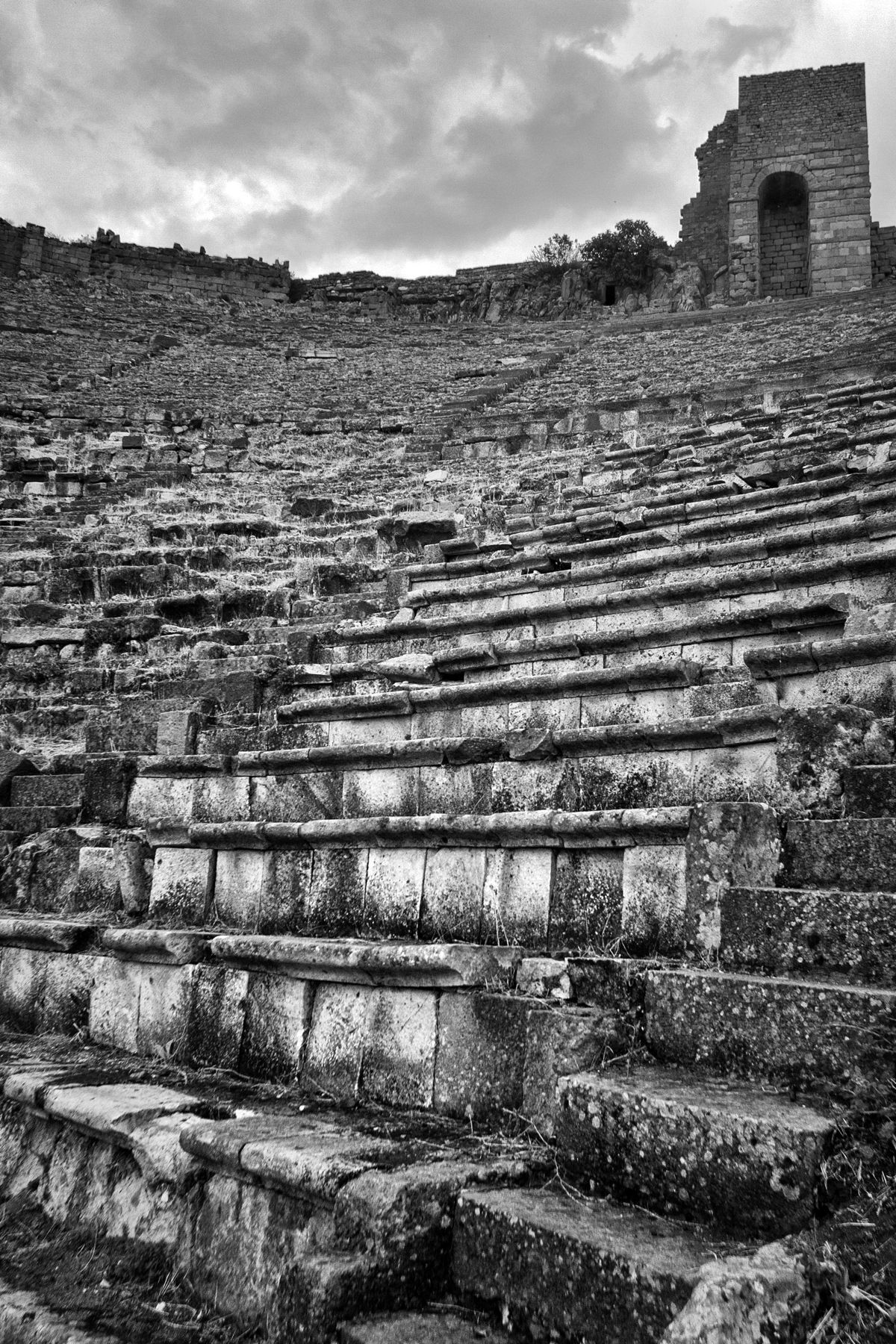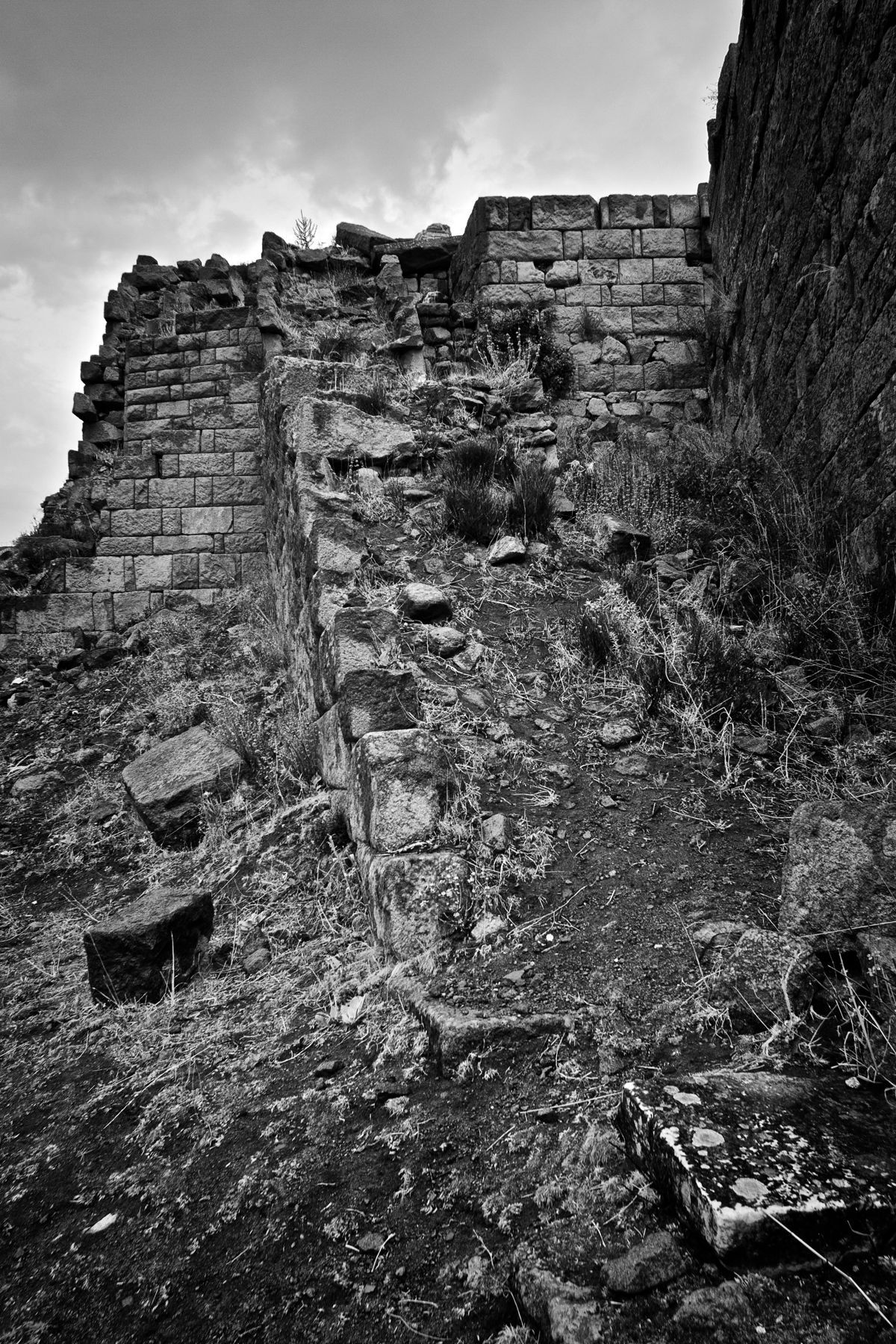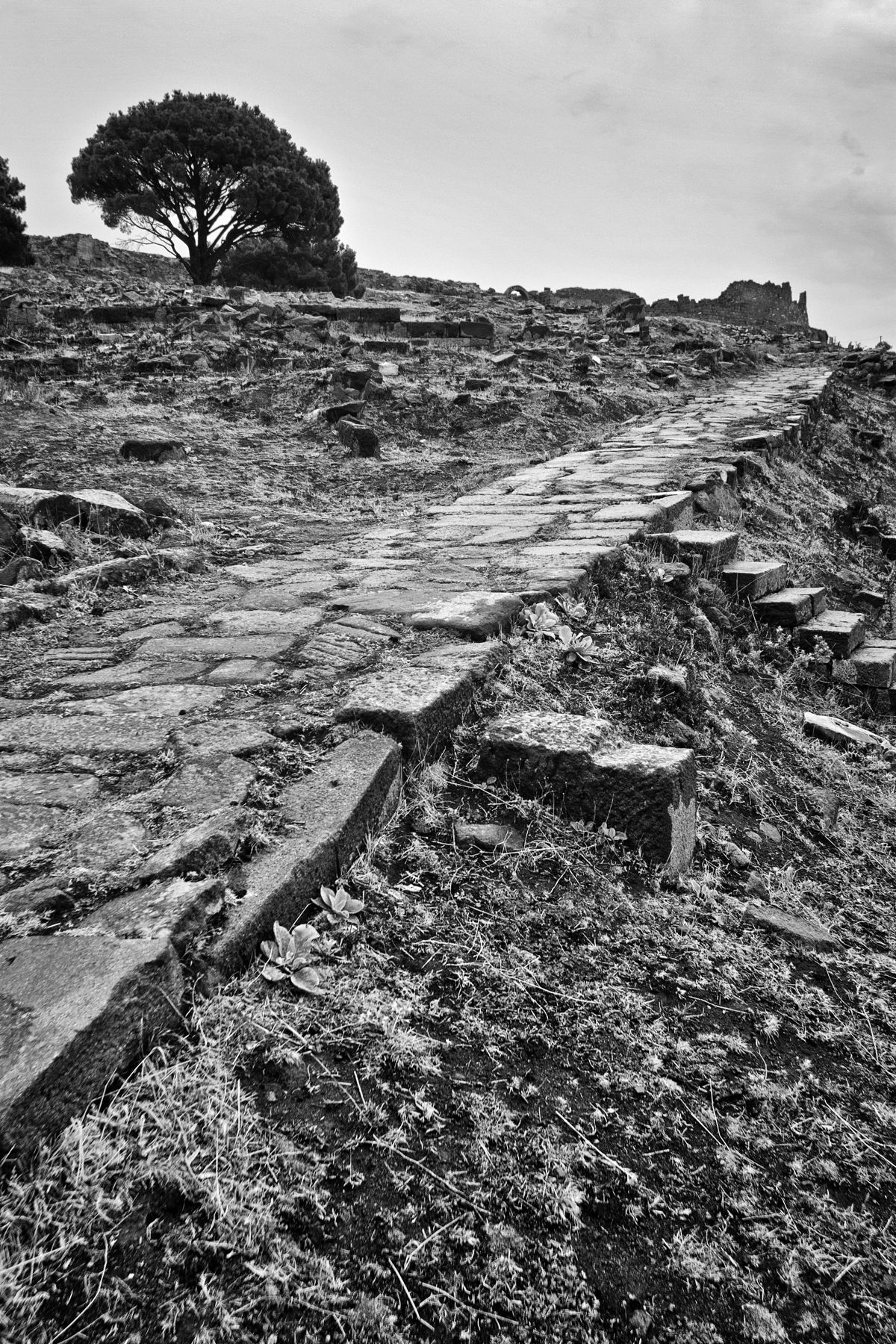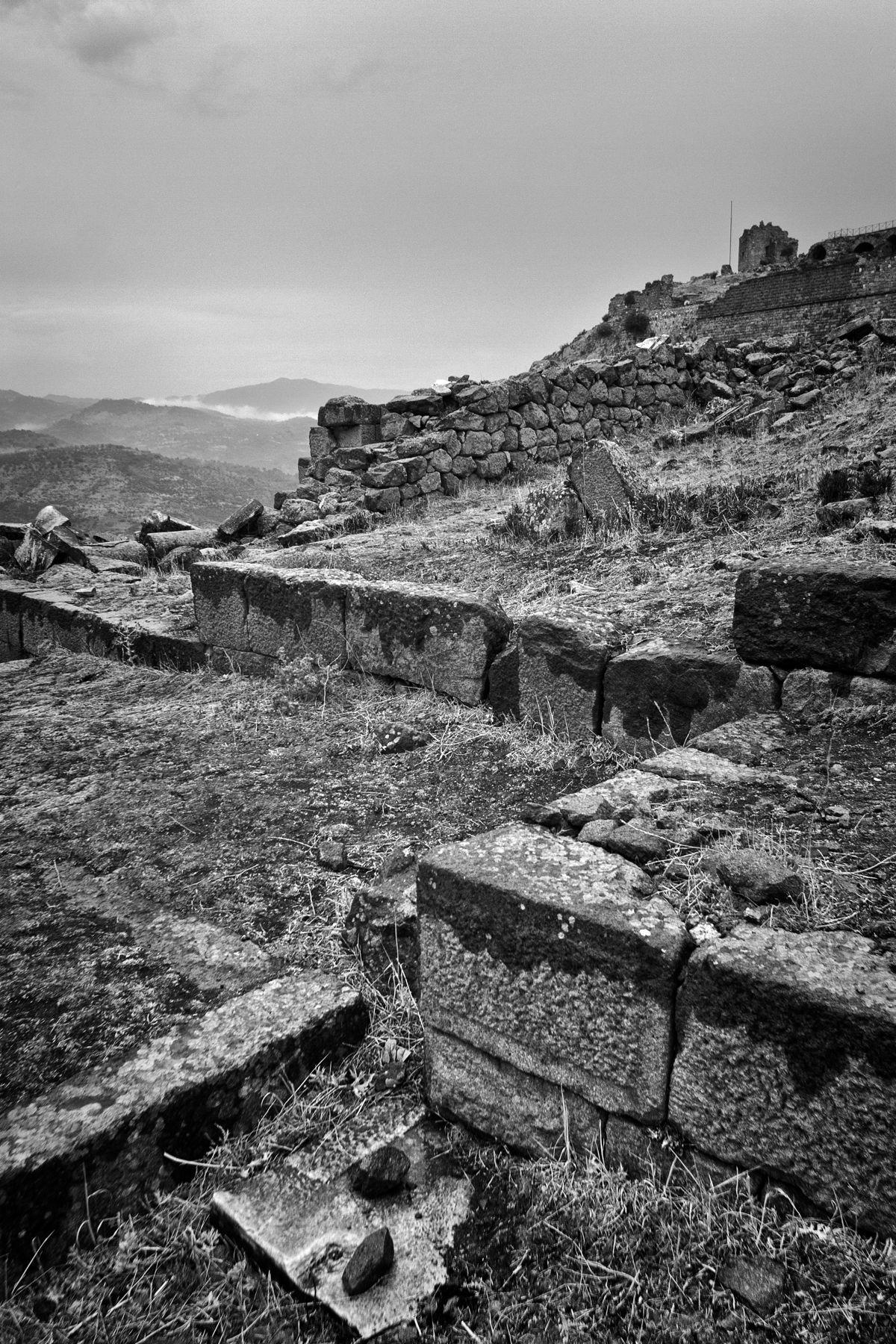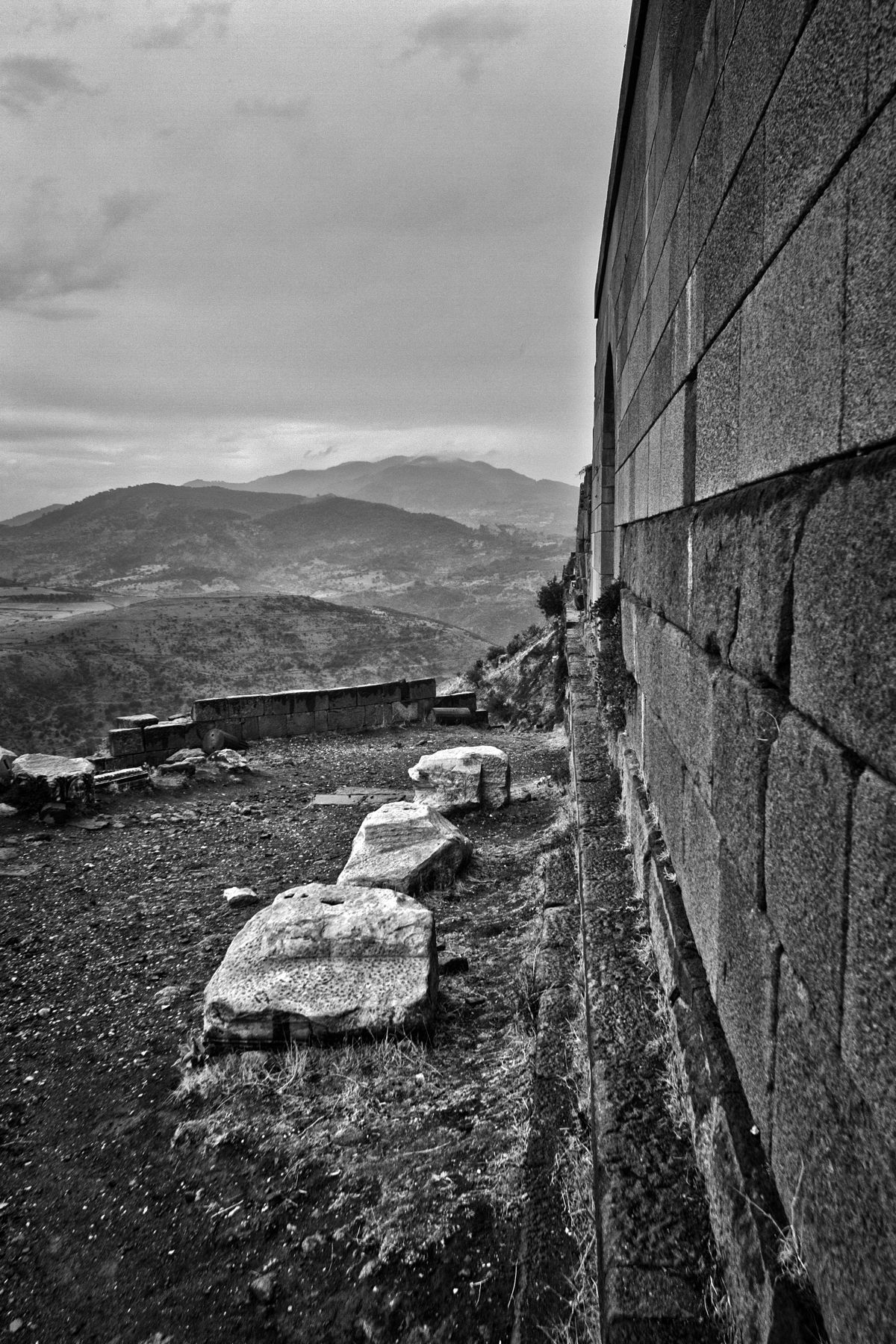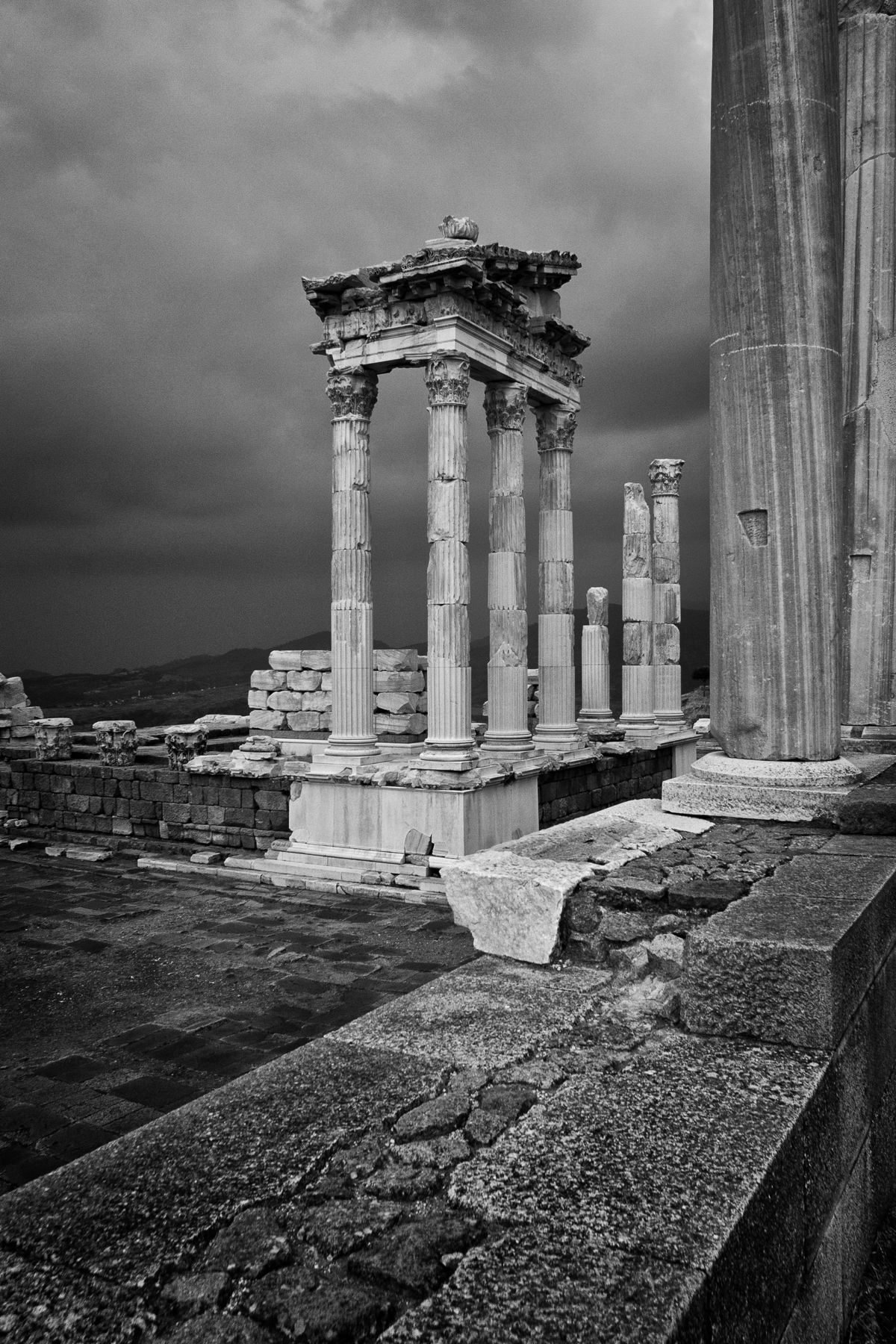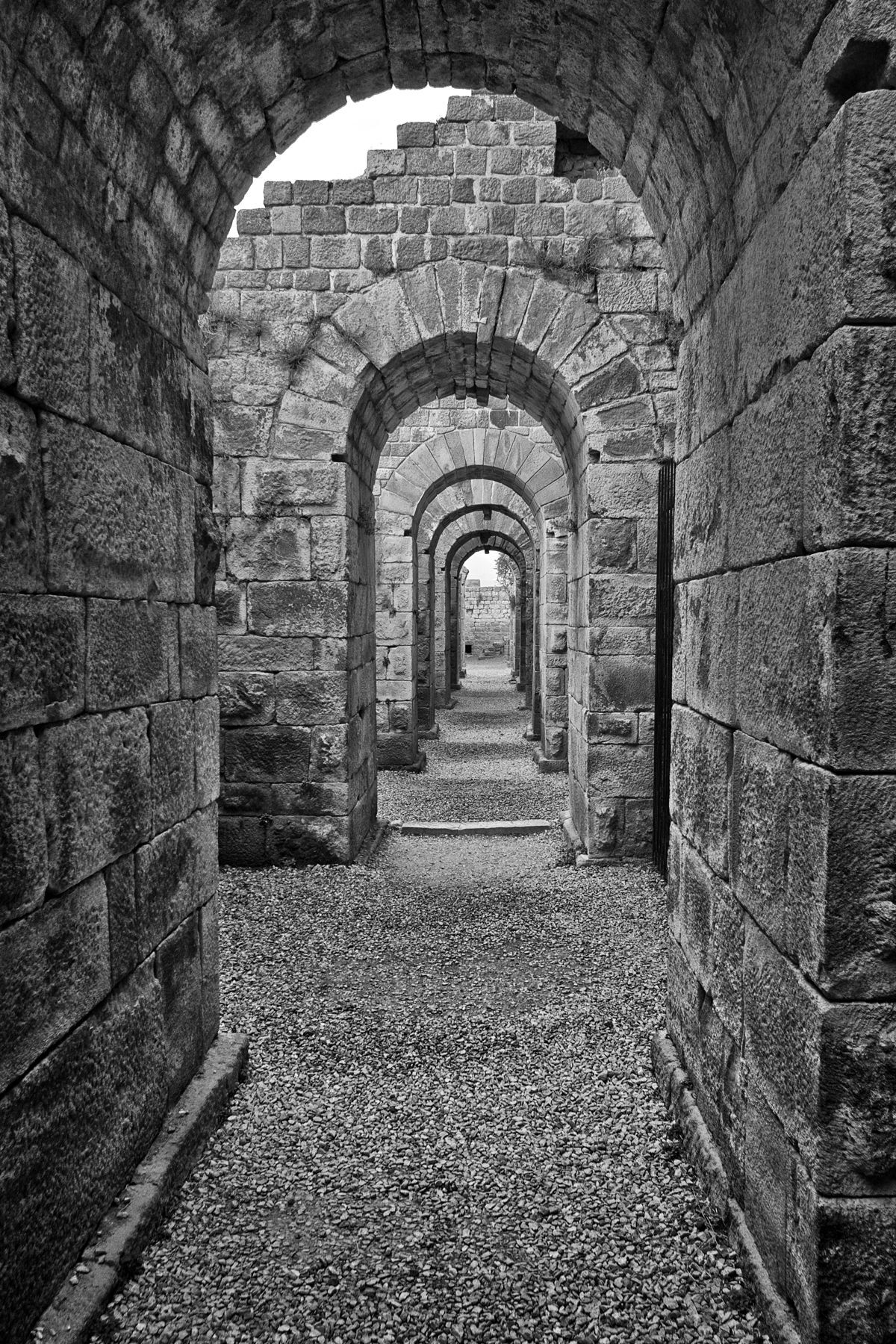"Måla med ljus"
The ancient ruins of Pergamum

All that is left of the ancient city Pergamum are worn and looted ruins. The main sites of Pergamum are to the north and west of the modern city of Bergama in Turkey.

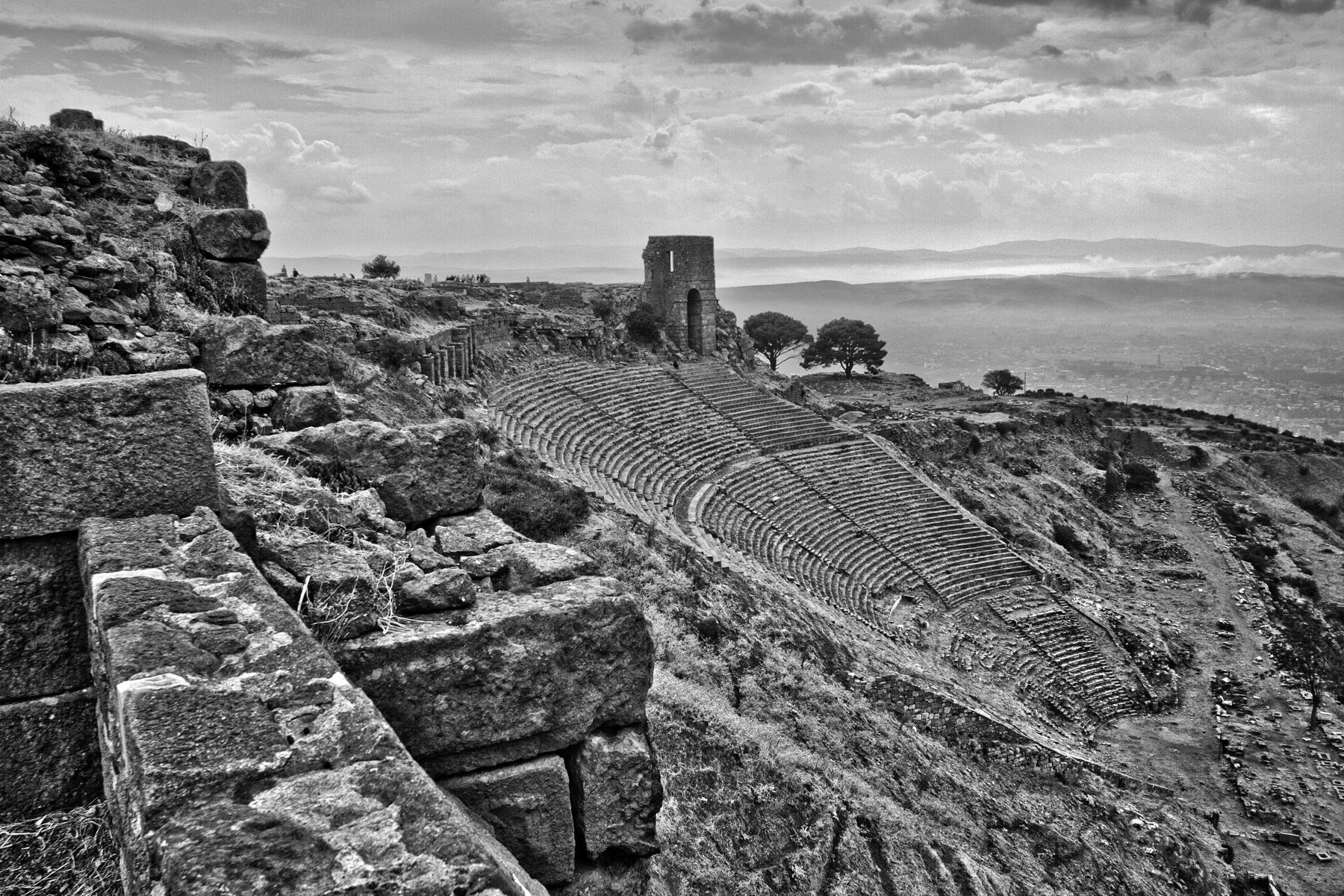
Pergamum lies on the north edge of the Caicus plain in in the northwest of Turkey. Even if the town was once known for it's beauty it was also one of the darkest and greediest cities in the Roman Empire. The town was a political, religious, cultural and economical center in the Roman province Asia Minor.
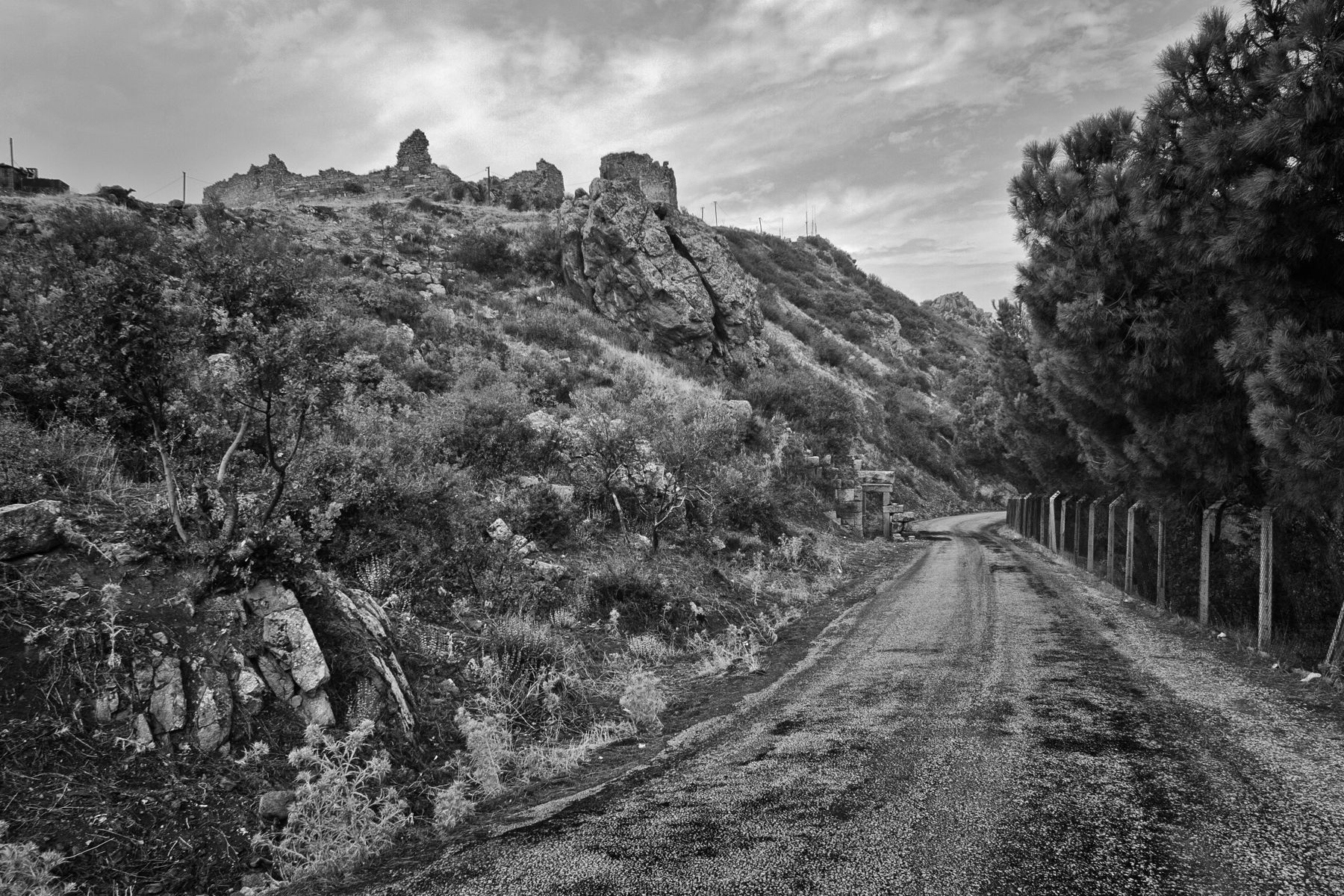
Pergamum had three temples that was dedicated to the worship of the Roman emperor, it had one temple for the goddess Athena, and the Great Altar of Zeus, the king of the Greek gods was also located in the city. The Altar of Zeus, is believed to be the Throne of Satan which is mentioned in the book of Revelation.
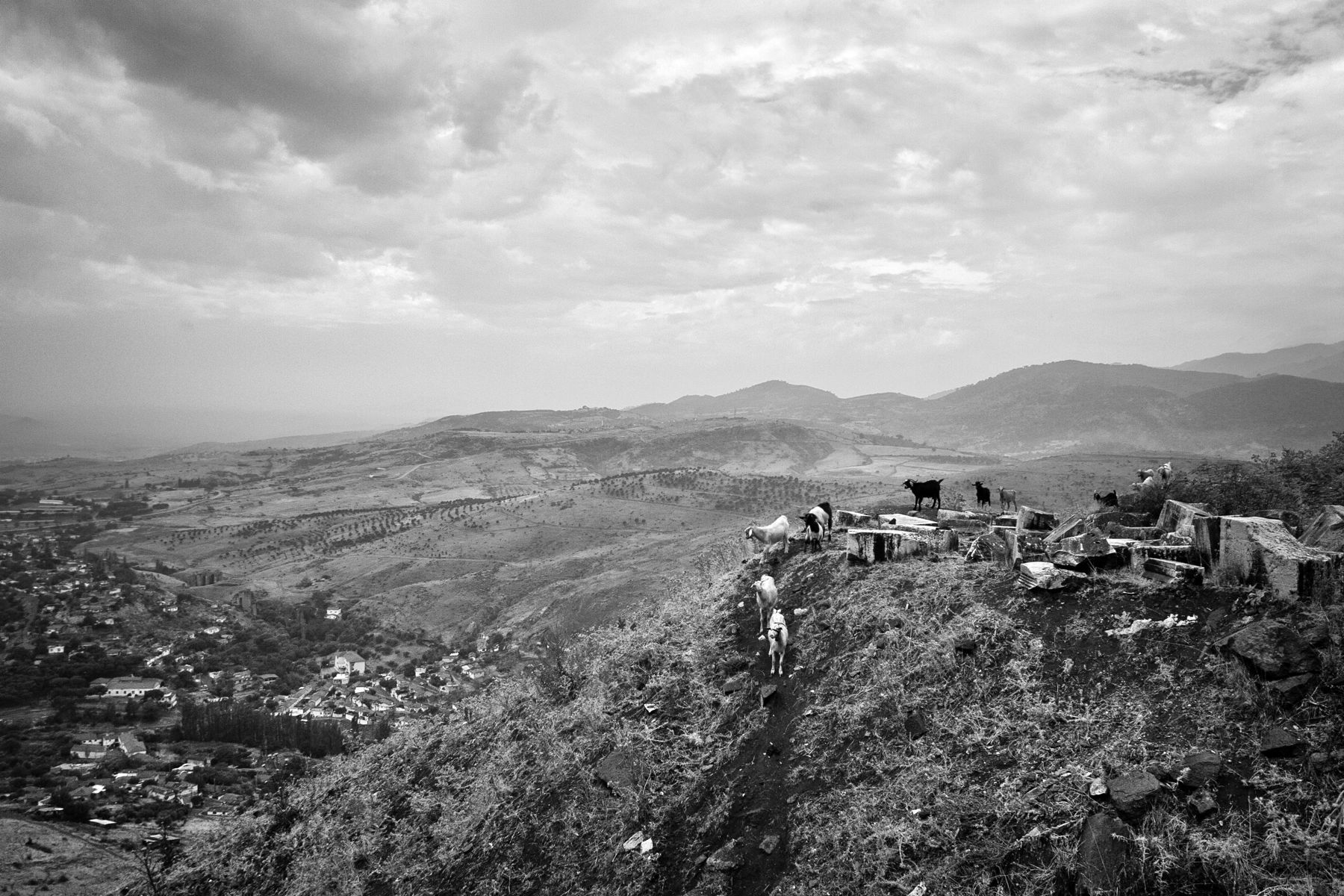
Pergamum was one of the most influential cities in the Empire. Pergamum was also the center for worship of the Roman Emperor who was believed top be part God and part human in ancient times. In 385, Christianity became the state religion in the Roman Empire and after that Pergamum lost its status and the city decreased in size. In the end, only the fortified Acropolis remained, but it was abandoned during the Byzantine period. And the city was slowly turned into ruins.
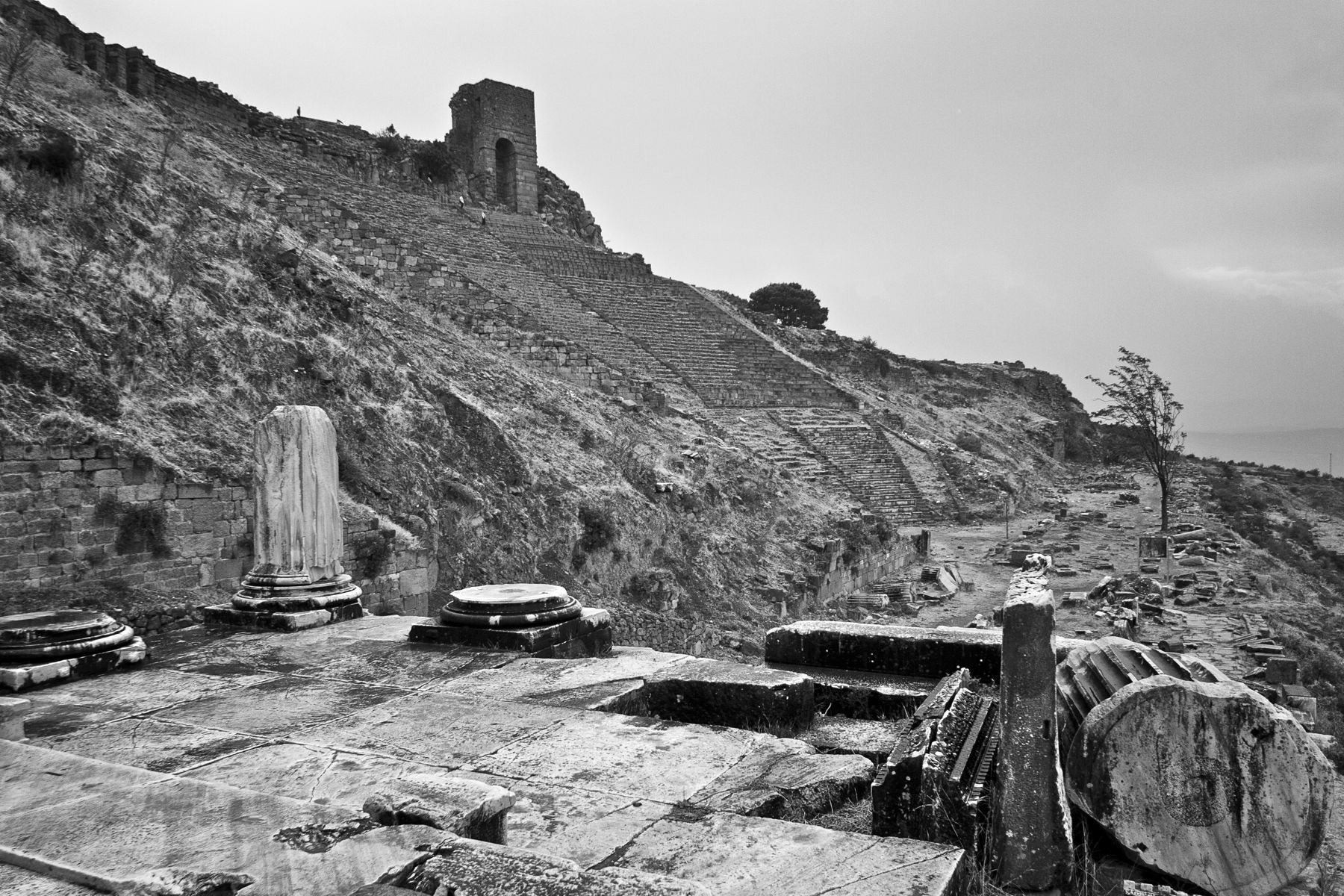
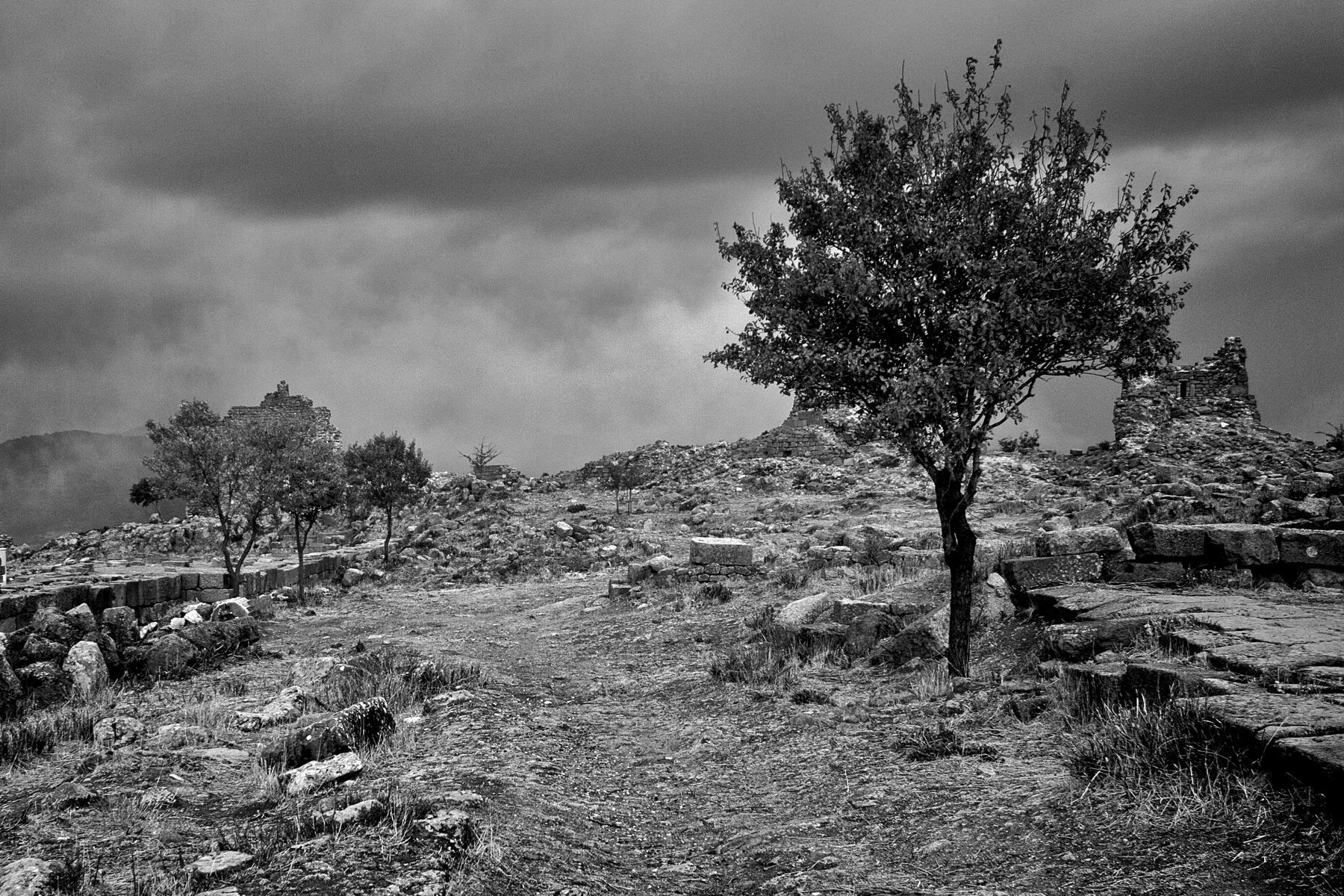
After that, the city slowly fell into oblivion. The new city of Bergama was built on the slope of the old city. Some stone was taken from the older city. 1878-86 excavations were made at the expense of the Prussian state and many of the finds from excavations together with The Altar of Zeus were moved to Berlin. Today is Pergamum a popular tourist site. And in 2014 was Pergamum added to UNESCO World Heritage List.
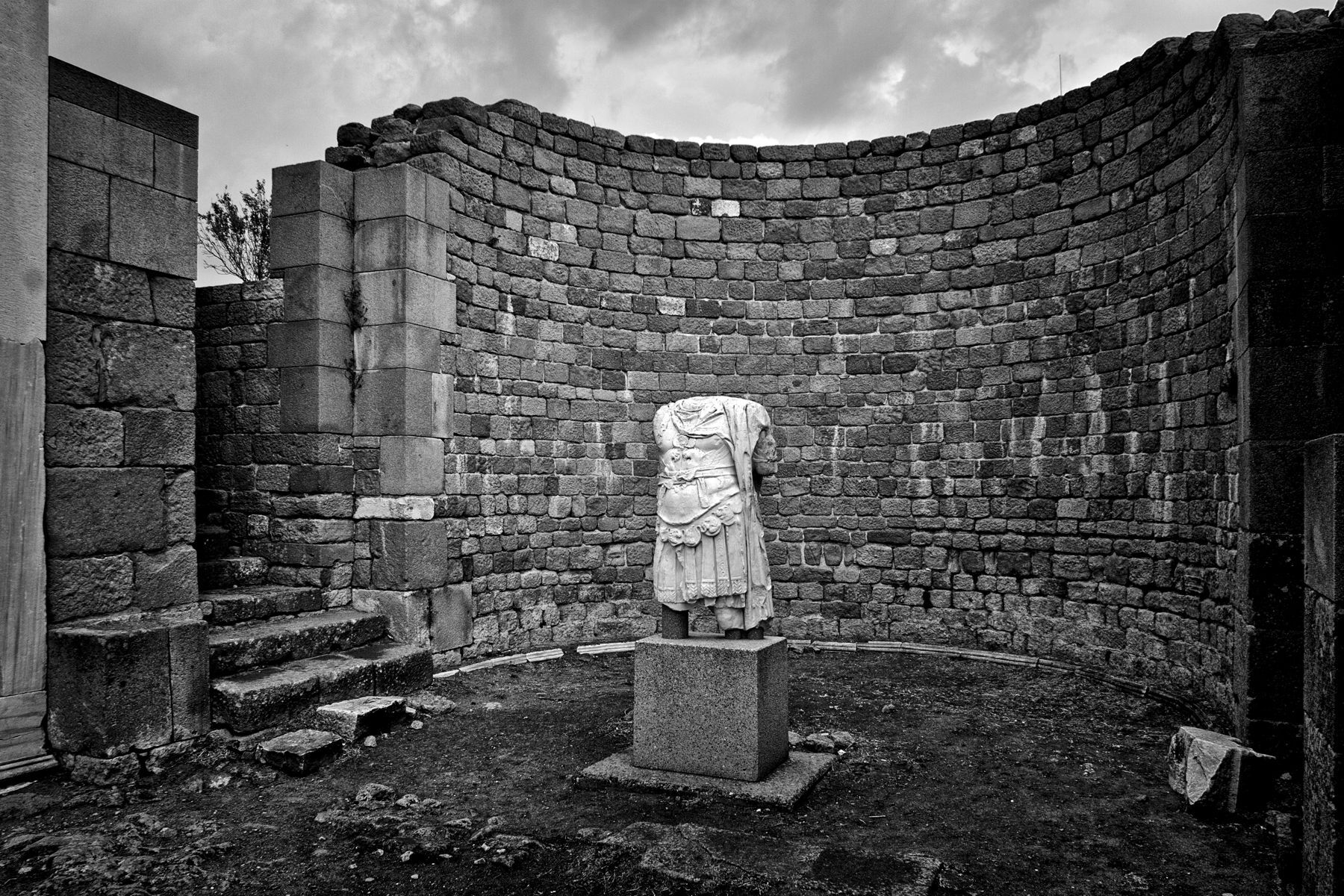
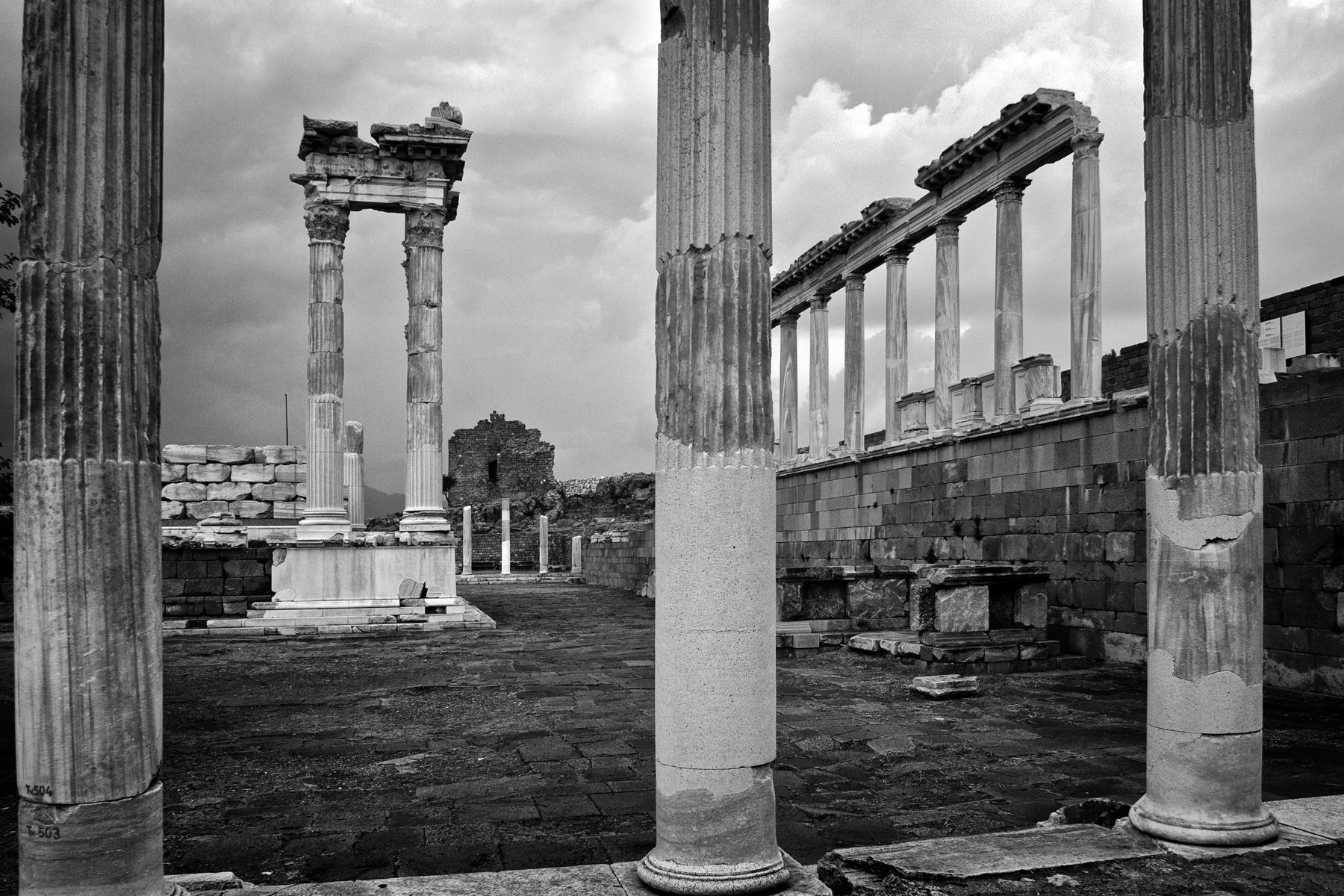
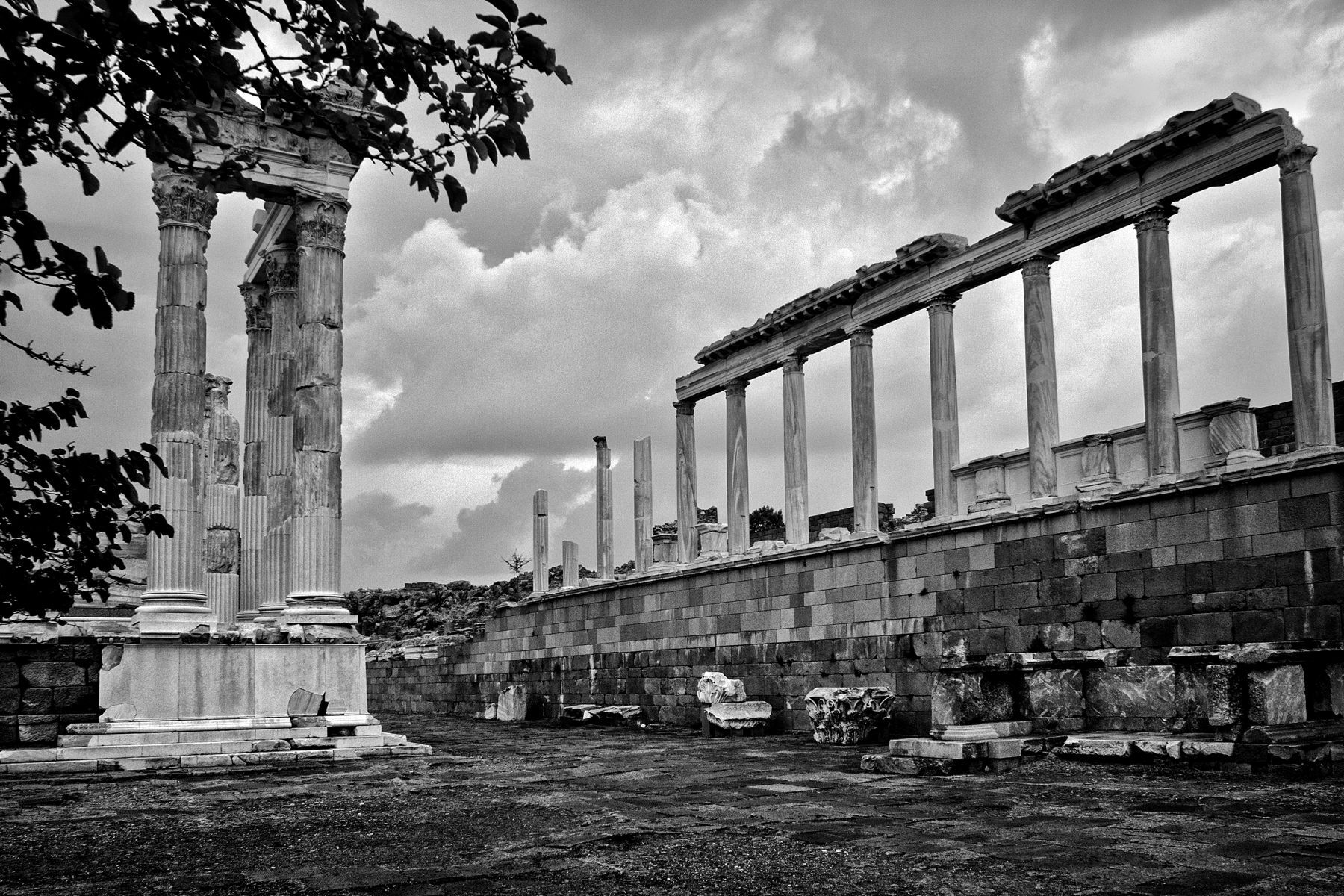




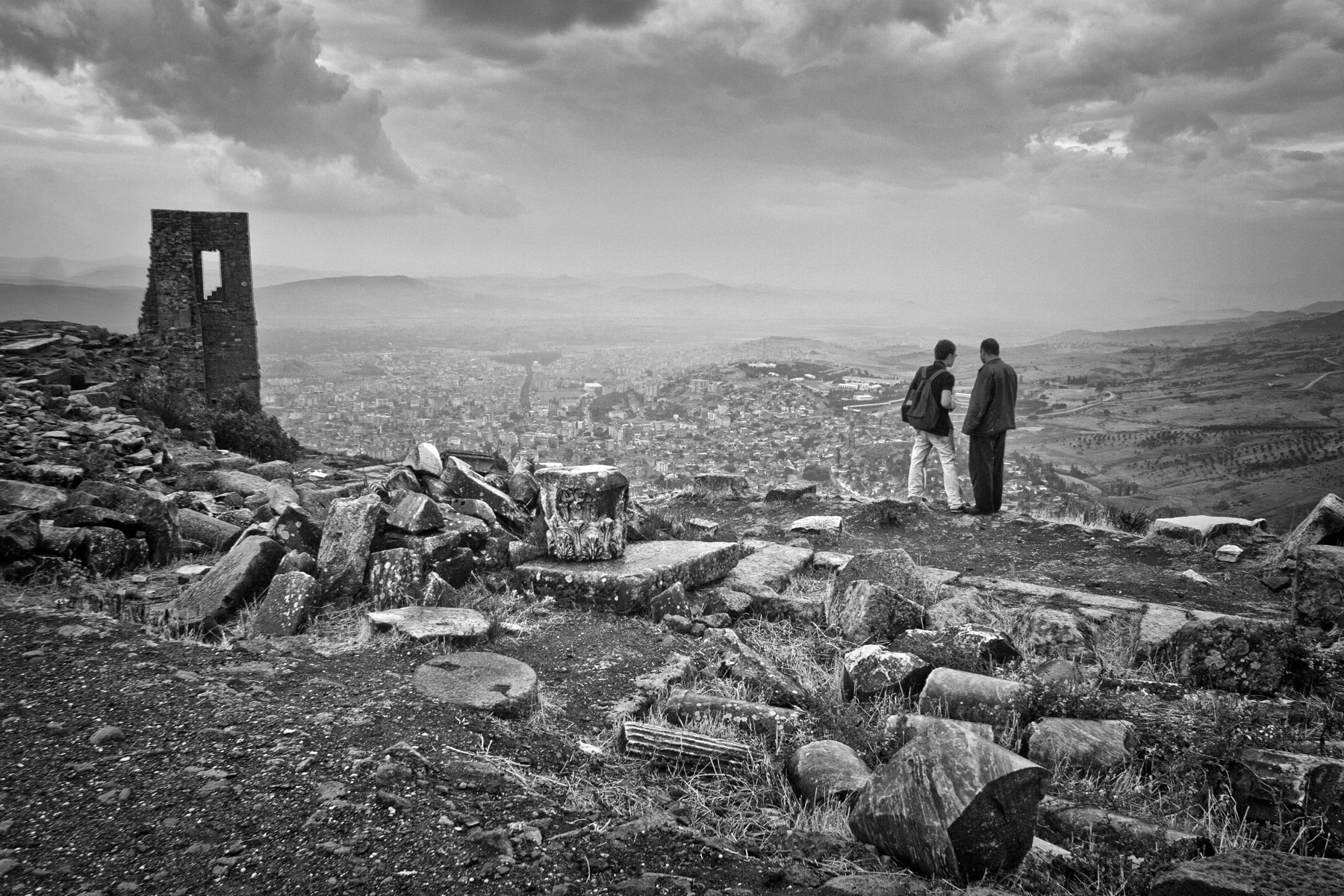
Text and Photo: Mikael Good
En genväg till Instagram

Jag håller på att lägga upp bilder ur min backkatalog på Instagram. Egentligen tror jag inte på Instagram som bildvisnings plattform. Anledningen är att det är omständigt att ladda upp bilder och att bildkvaliteten inte blir så bra på grund av allt för kraftig komprimering. 
Tidigare fanns ett bättre alternativ – Flickr som är en betydligt bättre plattform för bilder. Men Flickr missköttes tyvärr under allt för många år och för nu en tynande tillvaro i takt med att användarna överger plattformen. Detta har lett till att halvmesyrer har kunnat armbåga sig in på marknaden med hjälp av skickliga marknadsförare och influencers. 
Trots att jag egentligen inte gillar Instagram har jag bestämt mig för att ladda upp ett antal bilder tillsammans med en kort rubrik och utan några besökarlockande #hashtaggar. På sätt och vis är det ett test för att se hur många som kommer att se bilderna och vilken respons det blir. För att göra det enkelt för mig lägger jag in bilderna som jag ska dela här i bloggen, och sparar sedan ned dem på min iPhone. Därifrån är det relativt enkelt att ladda upp bilderna på Instagram, och jag slipper på så sätt den långa omvägen via Dropbox.
Bilderna i inlägget har jag tagit i Lettland, Kina, Sverige, Egypten och Rumänien. En del av dem har du säkert sett tidigare, och ett par av dem har nått en riktig storpublik. Jag kommer att spara ned dem till min iPhone och lägga upp dem på mitt Instagramkonto under veckan.

Text och foto: Mikael Good
Hårddisk fynd från Turkiet

Jakten efter en bild på en turkisk flagga till en nyhetsartikel, fick mig att hitta några halvt bortglömda dokumentärbilder från den Turkiska staden Aylavik.
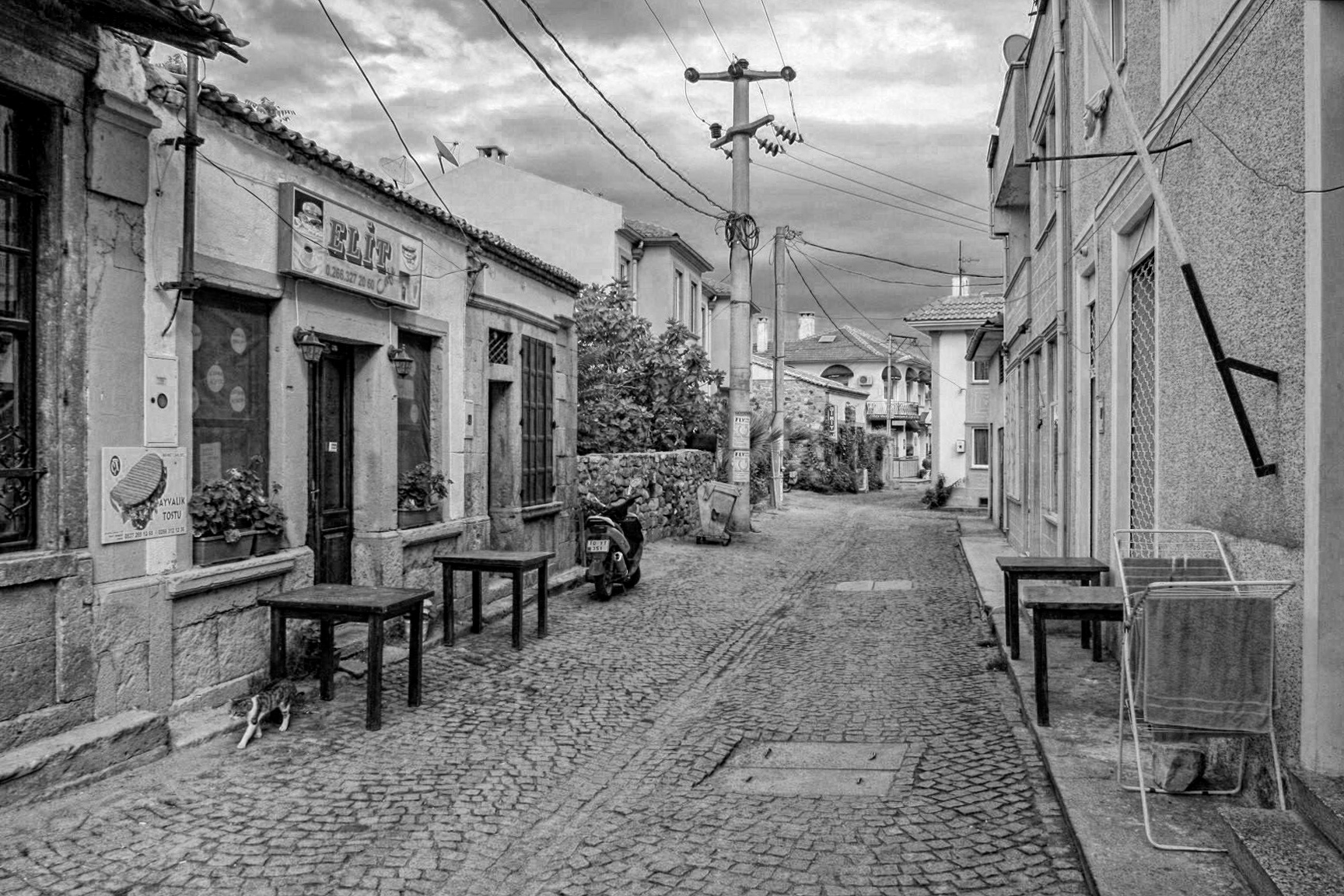
Genom åren har jag samlat på mig mängder av digitalbilder. Och jag har fullt sjå att försöka hålla koll på dem och sortera upp dem där de ska vara. Men i somras tog jag tag i saken och köpte ett antal 4 TB hårddiskar som jag kunde kopiera över mina äldre bilder på, och samtidigt fick jag lite bättre koll på var jag hade mina bilder.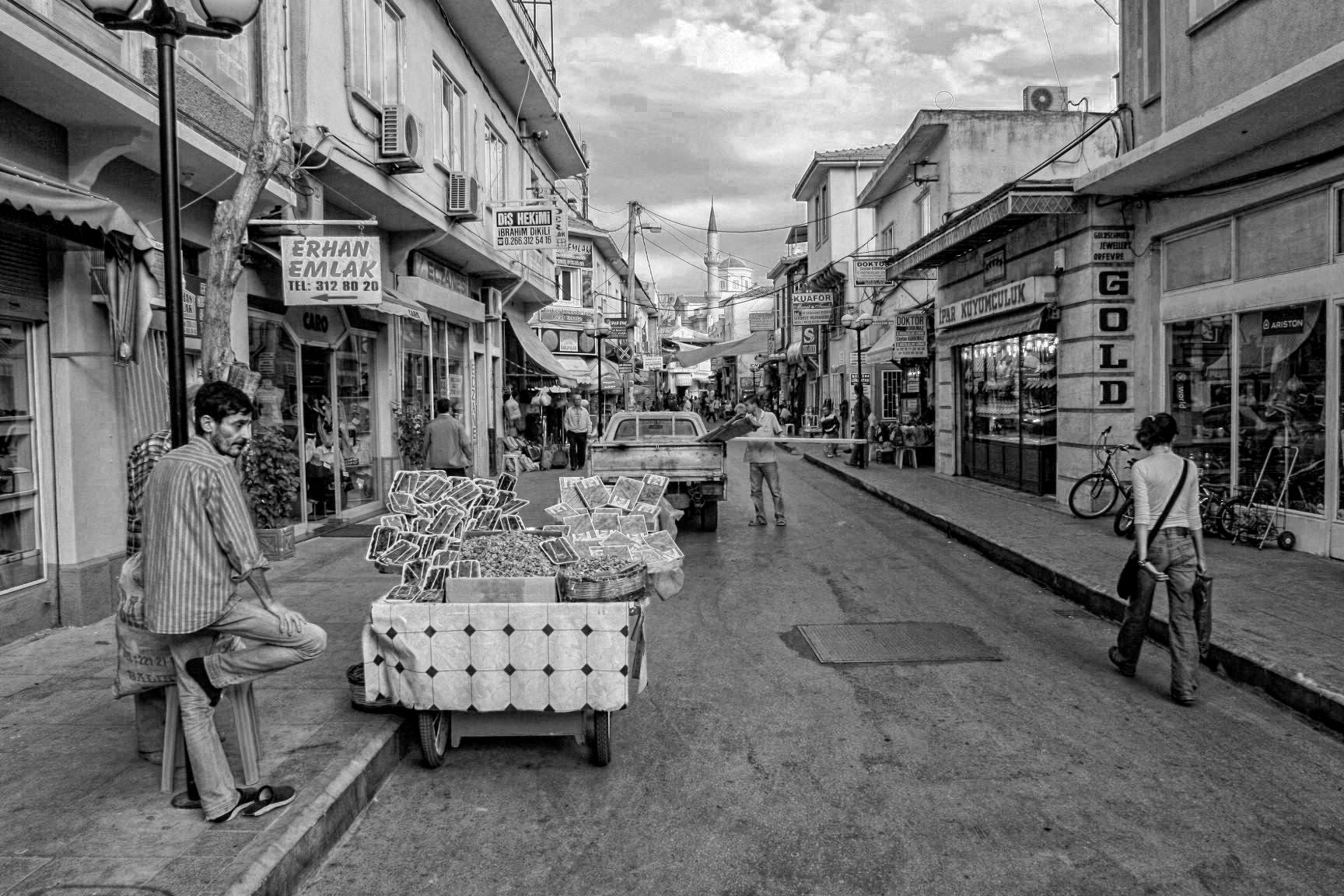
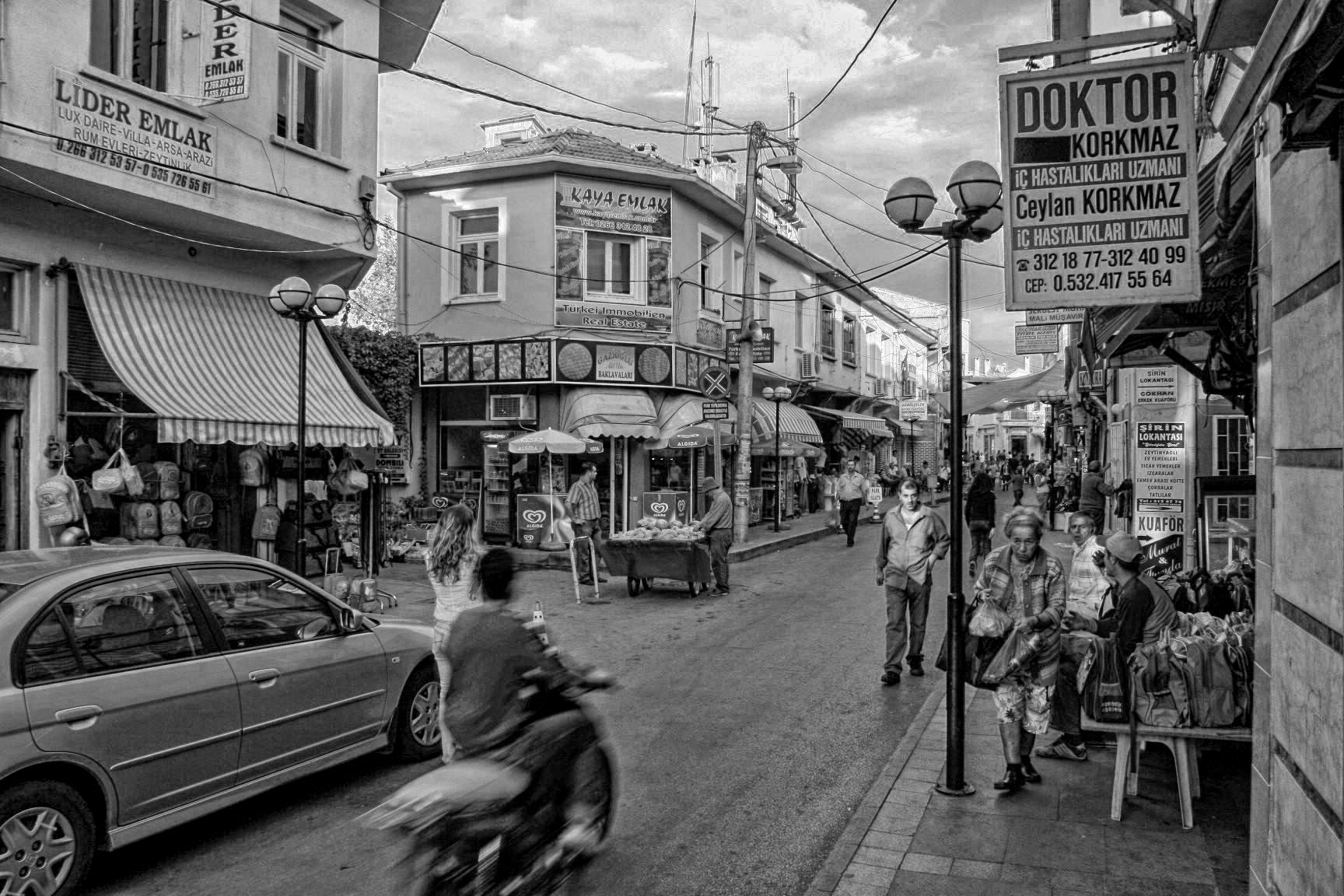
Nyligen fick jag en förfrågan om jag hade någon bra bild på en turkisk flagga? Jag ville minnas att jag hade en sådan bild från en resa till landet hösten 2006. Tack vare att jag hade sorterat upp de äldre bilderna kunde jag snabbt hitta bilden som jag sökte. Men innan jag fann den fick jag upp ögonen för några bilder som jag tog under en semesterresa till den turkiska staden Aylavik i slutet av september 2006. 

Aylavik är en stad med 37 000 invånare som ligger vid Turkiets västra kust mitt emot den grekiska ön Lesbos (som kan ses på översiktsbilden). I närheten av staden finns ruinerna av tre viktiga antika städer; Assos, Troja och Pergamon. Jag hade tyvärr inte möjlighet att besöka vare sig Assos eller Troja, men spenderade en heldag i Pergamon.
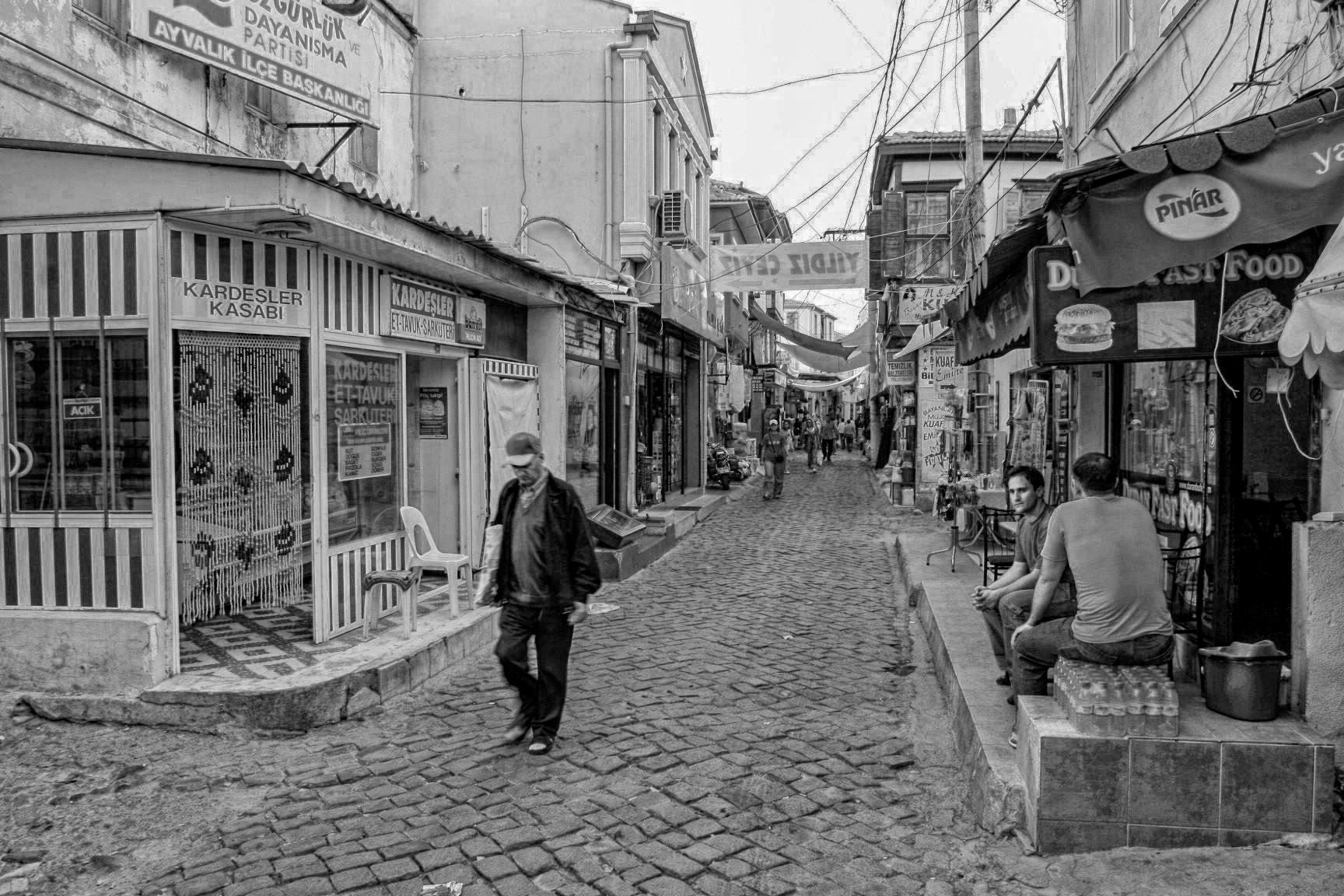
Det kanske inte är de bästa bilderna som jag tagit men trots att de bara är 13 år sedan jag tog dem har de redan ett dokumentärt värde, då de togs i en tid då Turkiet fortfarande var en demokrati. Jag använde en Canon EOS 20D med ett Tokina 17/3,5 till bilderna från Aylavik.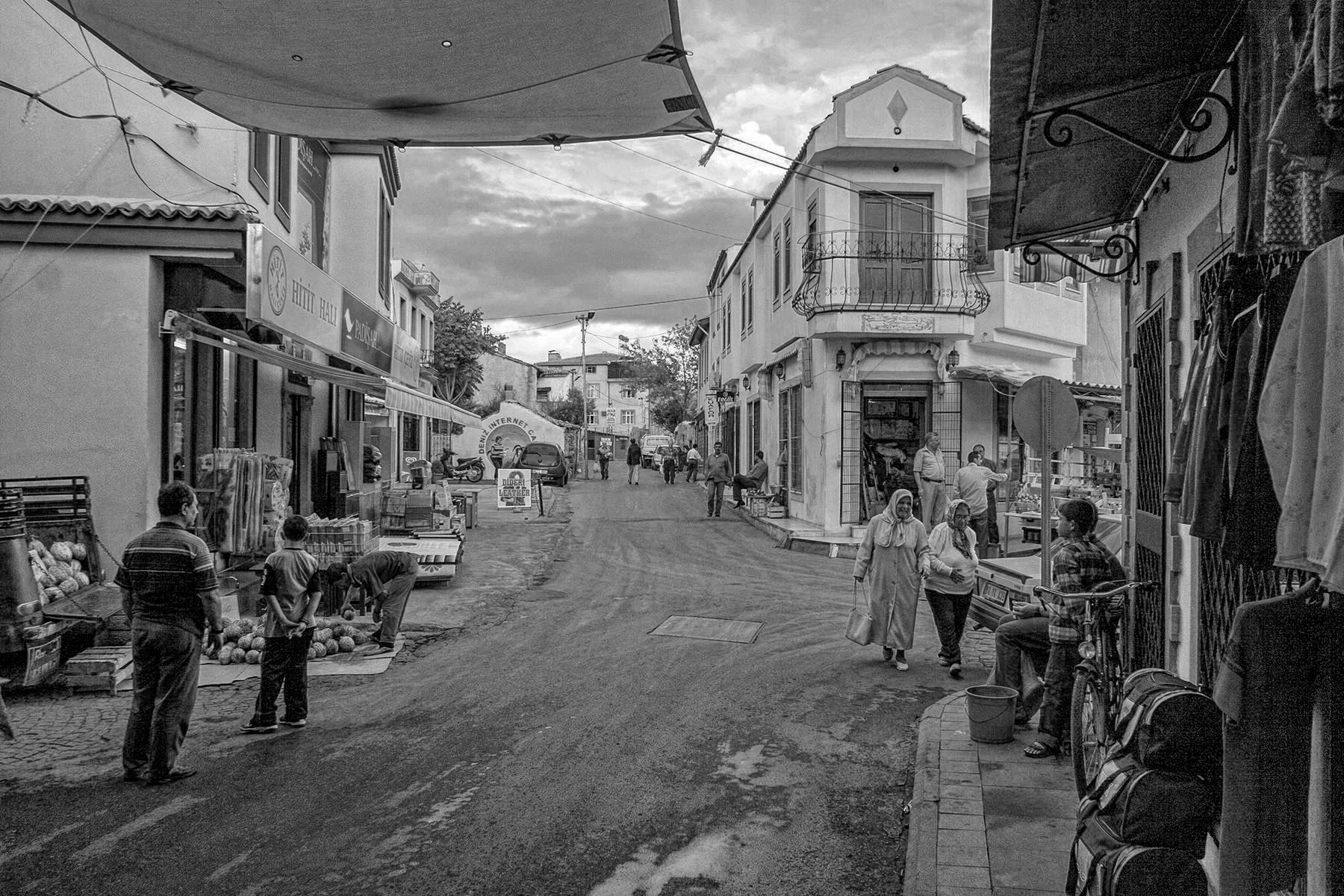
Text och foto: Mikael Good
Satan's throne has been moved to Berlin

All that is left of the ancient city Pergamum are worn and looted ruins. The main sites of Pergamum are to the north and west of the modern city of Bergama in Turkey. Even if the town was known for it's beauty it was also one of the darkest and greediest cities in the Roman Empire. Because it was a political and economical center in the province Asia Minor the city had a unique status that differed it from other cities in the Roman Empire. Pergamum was one of the most influential cities in the Empire and a also the center for worship of the Roman Emperor who was believed to be part God and part human in ancient times.

There was also a temple for worship of the Wargodess Athena. But the most important altar for worship in the City was the Great Altar of Zeus which is also mentioned as the Throne of Satan in the Book of Revelation in the Bible: “To the angel of the church in Pergamum write: ‘I know your works, and where you dwell... where Satan’s throne is. And you hold fast to my name, and did not deny my faith even in the days in which Antipas was my faithful martyr, who was killed among you, where Satan dwells - Revelation 2:12

In 1878 the German engineer Carl Humann started to dismantle the Altar of Zeus from the since long abandoned city of Pergamum and took it to Berlin. The altar was stored until the building of a new museum in Berlin started in 1910. Due to war and economic depression in Germany the museum was not opened for visitors until 1930. The Great Altar of Zeus or the Throne of Satan that some people call it went on display in Berlin's Pergamon Museum in 1930 together with a reconstruction of the Ishtar Gate of ancient Babylon. The Ishtar Gate are also known as the gates of hell.

It might just be a awful coincidence but just three years after the grand opening of the museum Germany experienced a revival from hell when Adolf Hitler became the Chancellor of Germany and soon it's dictator and Führer. Adolf Hitler decided to commission the young architect Albert Speer to design the new parade grounds for his big party rallies in Nuremberg. Albert Speer took the inspiration from the Great Altar of Zeus in Berlin when he designed the colossal altar for his Führer. The altar became known as the Zeppelintribüne and it was here that Adolf Hitler received the adoration of the masses at the political rallies in Nuremberg like so many Roman Emperors had done before him. I am convinced that Adolf Hitler was deceived to think that he was both man and god when he stood on top of his altar in Nuremberg and received deafening salutations from hundreds of thousand devoted followers that would soon follow him into death.
The good old Canon EOS 20D are still a really good and capable camera as you can see in my pictures from Pergamum: https://www.flickr.com/photos/chasid68/sets/72157645293175751/
Text and Photo: Mikael Good
Animaux Domestiques - 家养动物
Titeln till det här inlägget kanske inte är så självklar för alla läsare. Men för att göra en lång historia lite kortare så är Animaux Domestiques franska för tamdjur och 家养动物 (Jiāyǎng dòngwù) är kinesiska för tamdjur.
Anledningen till att jag har skapat ett album med namnet "Animaux Domestiques - 家养动物" på flickr är att jag brukar dokumentera tamdjur såsom hundar, katter och ankor när jag är på resande fot. En del av djuren är små och söta medan andra är rätt så monstruösa eller groteska i sin uppenbarelse och då pratar jag inte om barnen som är med på två av bilderna, barn är alltid söta.
全国叫我是小红岗工业区再见 (Quánguó jiào wǒ shì xiǎo hónggǎng gōngyè qū zàijiàn). Det finns dom som tror att jag kan prata kinesiska, men jag måste erkänna att jag har en sak gemensam med Dr Sheldon i The Big Bang Theory och det är att vi är ungefär lika bra på kinesiska: http://www.youtube.com/watch?v=dTO2SgrFw-c
Text och foto © Mikael Good, All rights Reserved

